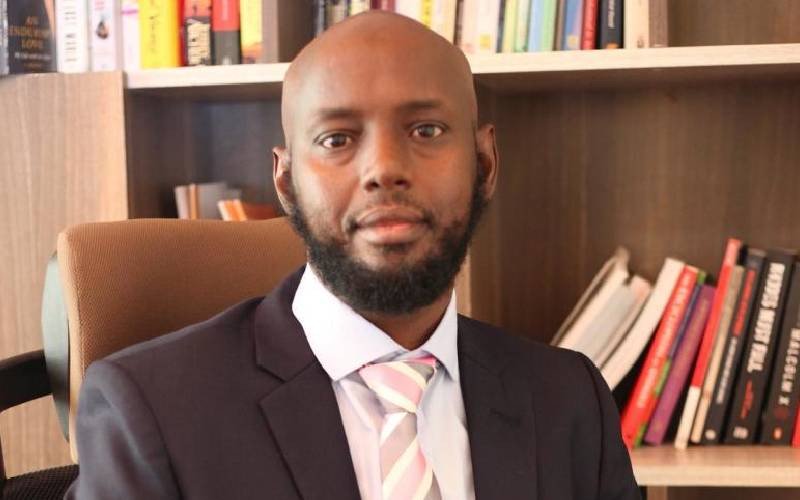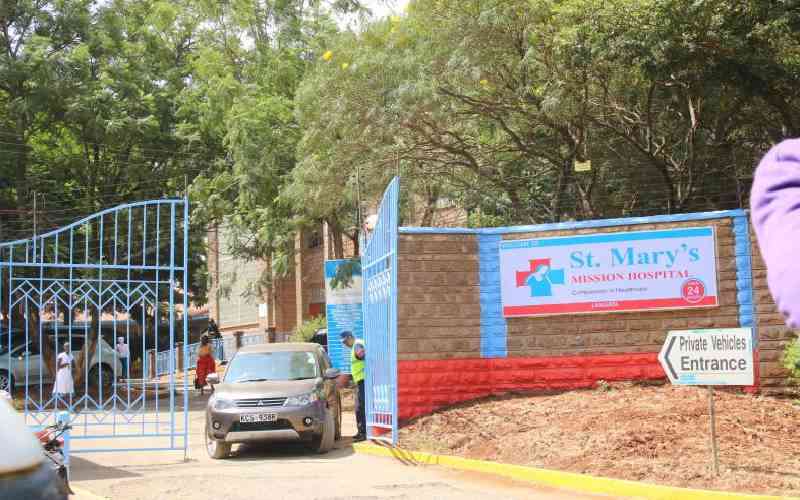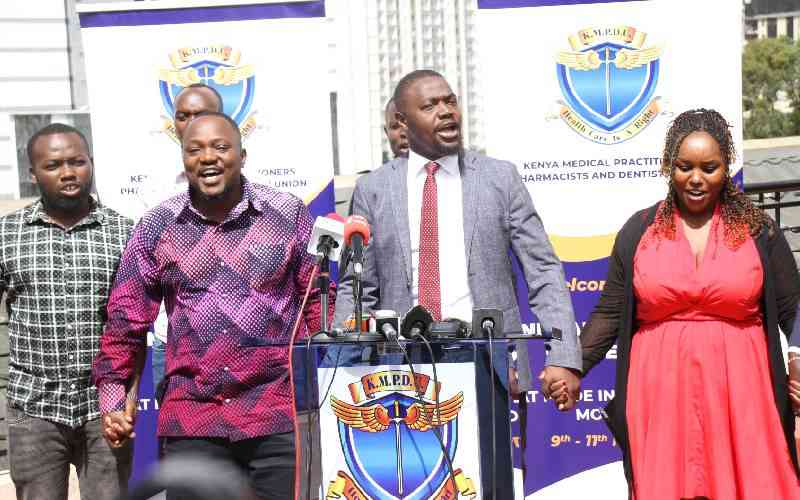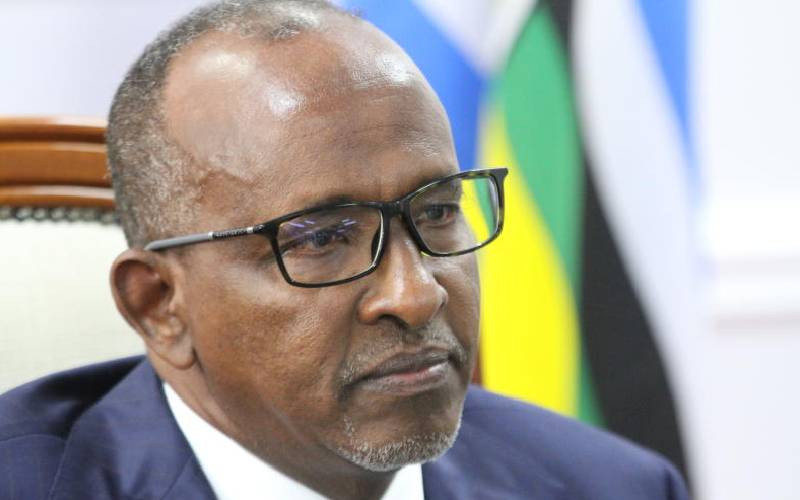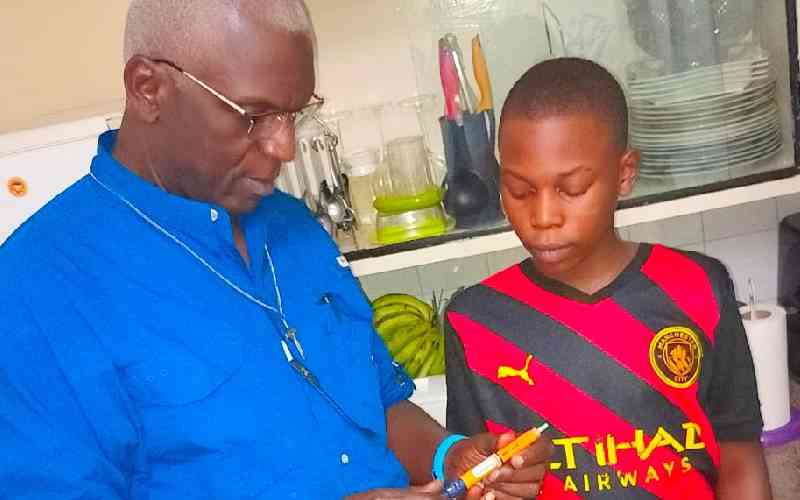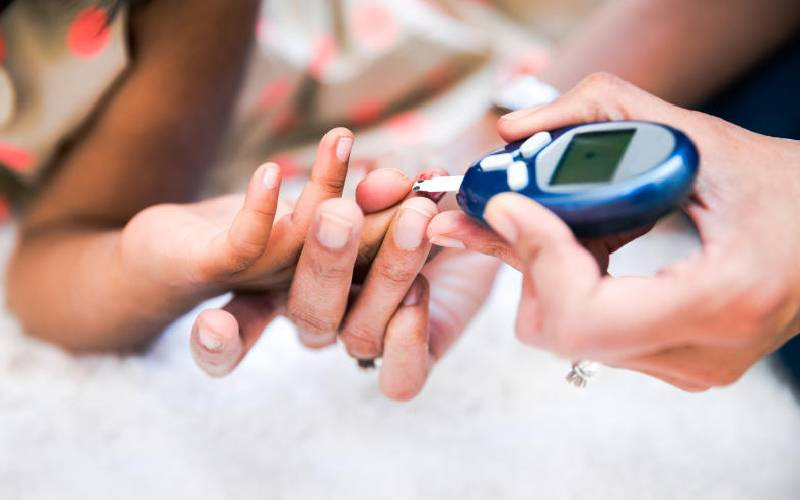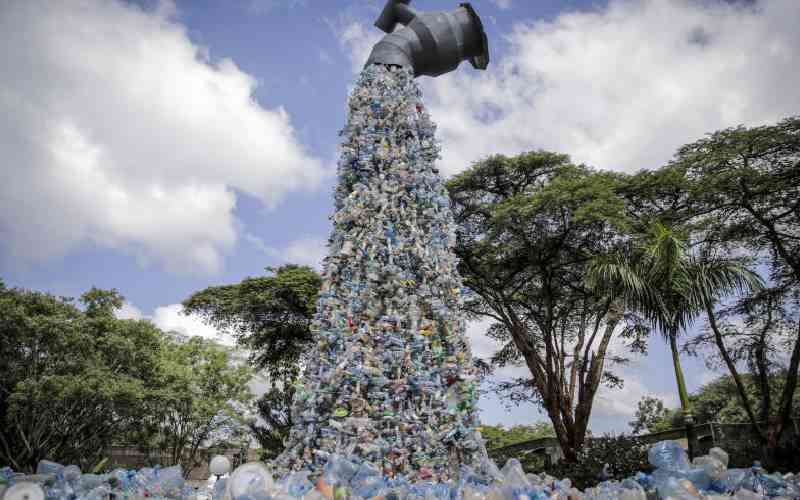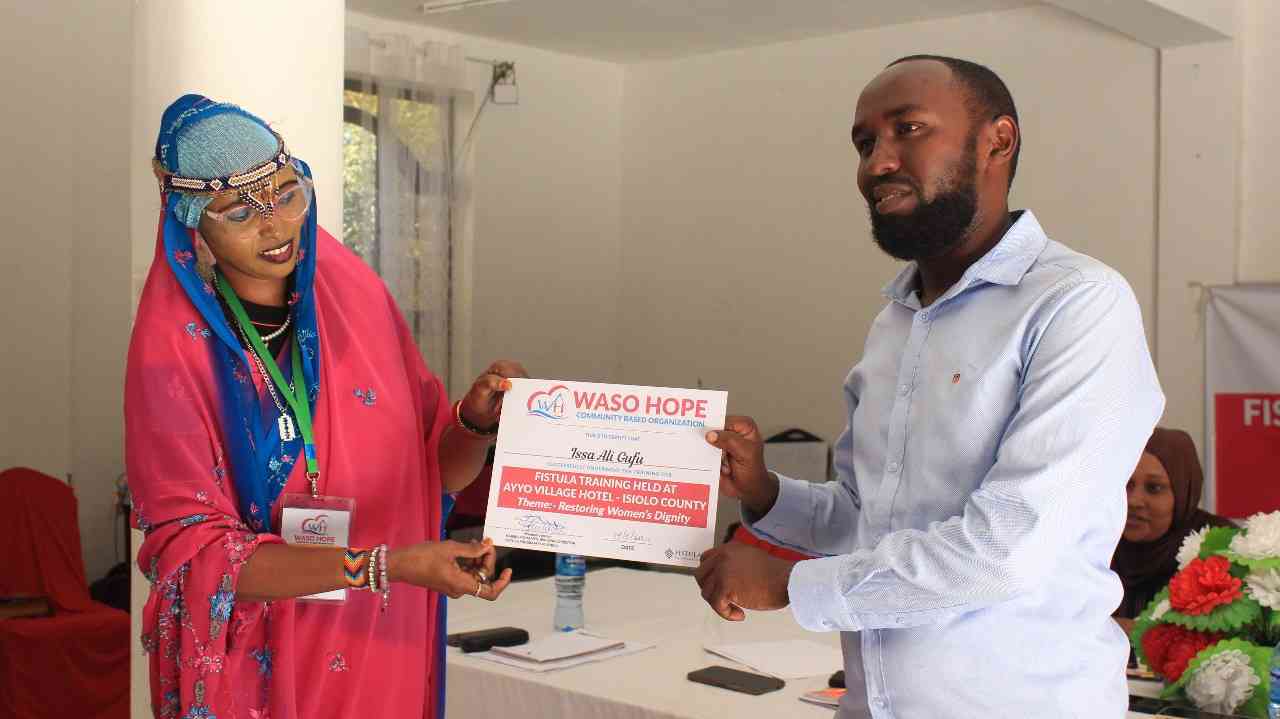
Dirham Haji vividly remembers that cool April morning in Isiolo County, as the air carried the damp smell of overnight rain, the sun struggling through heavy clouds as the plains slowly warmed.
Down in Tuluroba, a small girl squatted over smoking aloe vera leaves, her eyes clenched in pain.
She was eight years old, yet the ritual she endured was meant to validate a community’s concept of maturity and belonging.
For years, these acts passed without question—until now.
At 21, having survived Female Genital Mutilation(FGM), she wonders: was acceptance worth the scars?
“At the time, I thought it was a badge of honour,” she recalls. “But today, in campus, I feel the opposite—I feel stigmatised, even fearful of marriage.”
For communities in northern Kenya, FGM remains tightly bound to identity, purity, and marriageability.
Breaking free of these norms is proving harder than passing laws.
Memories of Dirham’s mother bribing her with chocolate before taking her to her grandmother’s house, where the cut was performed alongside her cousins, are still fresh.
The girls were secluded, cleaned with disinfectants, and made to squat over smoking aloe vera leaves, believed to aid healing.
“I was lucky not to have major complications,” she says quietly. “But one of my cousins nearly bled to death.”
For Dirham, the procedure was less about tradition and more about belonging.
“I wanted friends. I wanted to be accepted. At the time, I thought I was gaining respect. But today, in campus, I feel the opposite—I feel stigmatised, ashamed, even fearful of marriage,” she says.
From Silence to ActivismLike many survivors, Dirham has turned her trauma into activism.
As a digital campaigner and community counsellor, she reports cases of FGM and engages with young girls in her neighbourhood.
“I never want another girl to undergo the same. Now I know it was wrong, and not even part of our religion,” says Dirham.
She is not alone. Across Isiolo, survivors and community champions are challenging one of Kenya’s most deeply rooted harmful practices.
Saadia Hassan, 25, from Garbatula, remembers being cut at nine alongside her sisters and neighbours.
Though she escaped severe complications, recurring infections continue to trouble her.
What hurt most was her mother’s silence. “She never asked me how I felt afterwards,” Saadia recalls.
Determined to protect her younger siblings, Saadia persuaded her mother not to allow the last two girls to undergo the cut.
“Before, we thought it was religious. But after attending sensitisation forums, I realised it was purely cultural,” she says.
Today, she champions against FGM through local radio talk shows, despite resistance from elders who accuse her of “spoiling” young girls.
“They say uncircumcised girls won’t marry,” Saadia says. “But I challenge them with the Quran. Our religion does not allow it.”
Role of EldersTraditionally, the council of elders in Isiolo upheld the practice.
But now, some are on the frontline of change.
Bibian Balaf Daharimo, a Borana elder and area manager, uses her authority to rally against FGM.
“When cutters operate, they often use dirty nails and razors, leading to deadly infections,” she says.
“We tell villagers about the dangers—during childbirth, women can bleed to death because of scars.”
Elders like Bibian hold barazas, visit schools, and push chiefs to safeguard uncut girls.
Their influence is significant. “In our community, when an elder speaks, people listen,” she notes.
The shift was reinforced during former President Uhuru Kenyatta’s administration, which included Isiolo elders in the national drive to end FGM.
“Even men now fight against it. But we still need religious leaders to speak out more,” Bibian says.
Men fight FGM
Hussein Jirma, another Isiolo activist, focuses on correcting religious misconceptions.
“For years, people believed Islam permits FGM. But when we sat with Sheikhs and checked the Quran, we found no such teaching,” he explains.
Today, some clerics include anti-FGM messages in their sermons, giving the campaign credibility.
“When people hear it from their religious leader, they start to accept,” Hussein says.
His advocacy also addresses stigma. “Uncut women are often branded promiscuous,” he says.
“But the truth is, FGM endangers mothers and children. It causes trauma, infections, and broken marriages.”
At the grassroots, civil society groups are pushing for sustainable solutions.
Abdikadir Osman of Call for Change CBO says the work requires dialogue with both men and women.
“We involve elders, chiefs, religious leaders, and survivors. We realised the resistance is not just about culture—it’s about information gaps,” he explains.
Through radio campaigns, trainings, and community barazas, Abdikadir’s organisation seeks to empower women and reframe traditions.
“We can’t just condemn the practice; we must offer alternatives for identity and belonging,” he says.
Isiolo has made progress. Survivors speak openly, elders denounce the cut, and men and women are forming alliances.
Yet, FGM persists in secrecy, especially in remote villages.
Medicalisation is also on the rise, with some families hiring trained nurses to perform the cut behind closed doors.
Dirham believes the fight must go deeper. “We can’t just hold meetings in hotels,” she argues. “We must go to the chiefs’ barazas, the mosques, the women’s groups in villages. That’s where the change will come.”
For Saadia, hope lies in empowering girls with education and alternatives to harmful rites of passage. “If we protect them and show them their worth, the cycle will end,” she says.
And for elders like Bibian, the responsibility is clear: “We carried this tradition for years. Now it’s on us to stop it.”
The battle against FGM in Isiolo is far from over, but it is shifting. Survivors, elders, activists, and clerics are joining hands to dismantle a practice once seen as unshakable.
Nationally, the country has made tremendous progress in ending female genital mutilation. According to the 2022 Kenya Demographic and Health Survey, the national prevalence among women aged 15–49 has fallen to 15 per cent, down from 21 per cent in 2014 and nearly 40 per cent two decades ago.
But in Isiolo, the picture is starkly different.
Nearly two-thirds of women (66pc) aged 15–49 have undergone the cut, and among girls aged 15–19, the rate remains at 65 per cent.
In neighbouring counties, prevalence is even higher: Wajir (97.2pc), Mandera (95.9pc), Marsabit (83pc), and Samburu (75.6pc).
For Dirham, whose childhood was marked by pain and misplaced pride, the struggle is deeply personal. “I used to feel proud of being cut. Now, I feel the scars every day. But if my story can save one girl, then the pain is worth sharing,” she says.
 The Standard Group Plc is a multi-media organization with investments in media
platforms spanning newspaper print
operations, television, radio broadcasting, digital and online services. The
Standard Group is recognized as a
leading multi-media house in Kenya with a key influence in matters of national
and international interest.
The Standard Group Plc is a multi-media organization with investments in media
platforms spanning newspaper print
operations, television, radio broadcasting, digital and online services. The
Standard Group is recognized as a
leading multi-media house in Kenya with a key influence in matters of national
and international interest.

